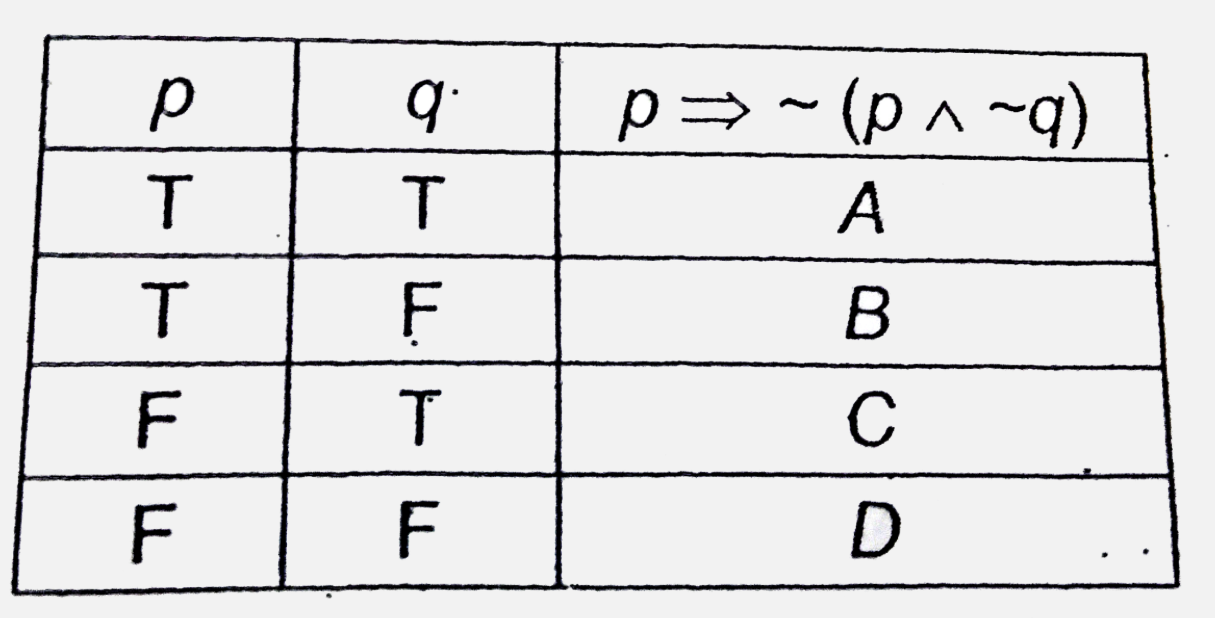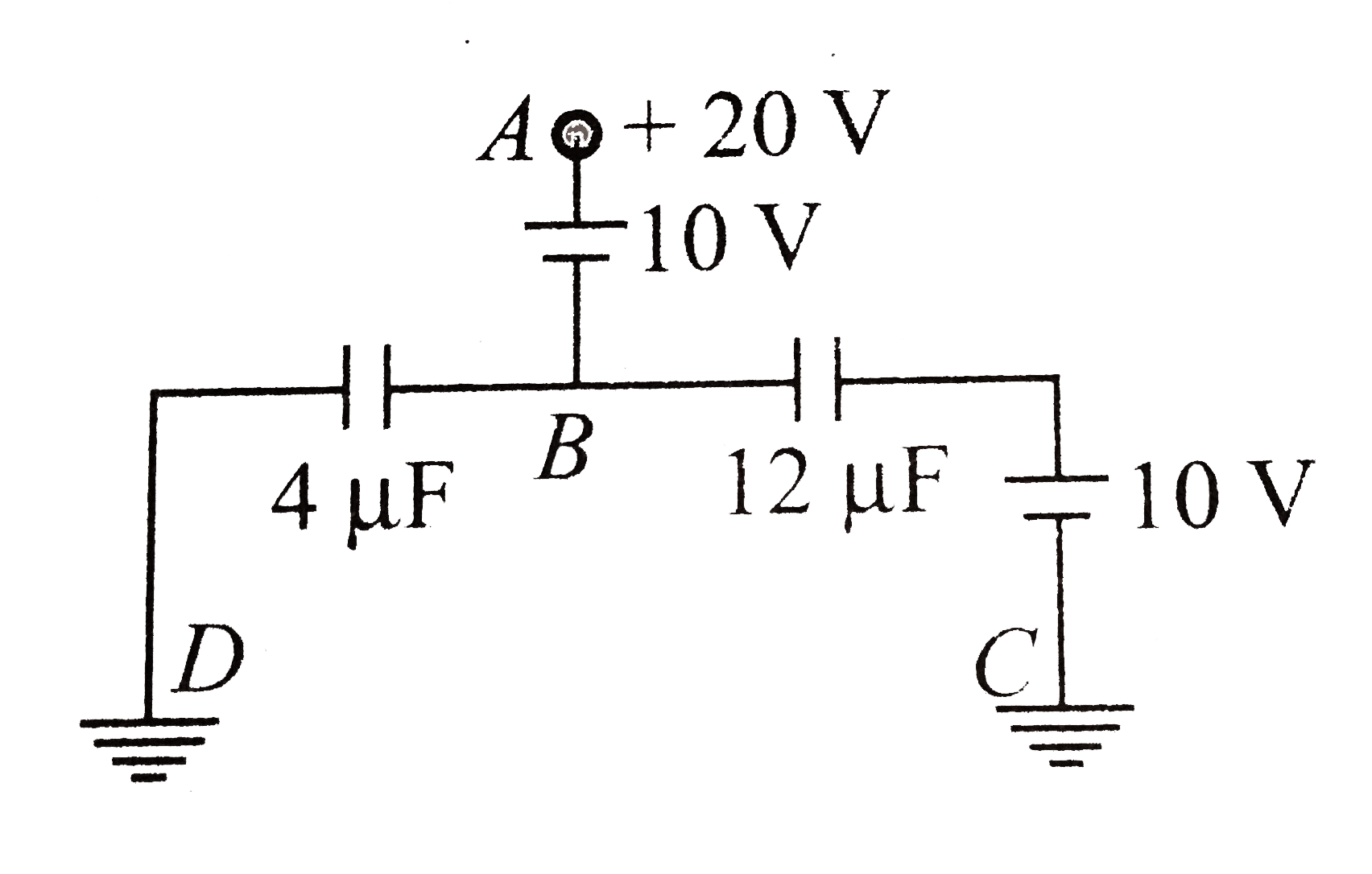Identify the correct the statement
All amphiarthroses are fibrous joints
All synovial joints are amphiarthroses
All cartilaginous joints are synarthroses
All sutures are synarthroses
The correct Answer is:D
To identify the correct statement among the given options regarding types of joints and their movements, we will analyze each statement step by step.
1. Evaluate the First Statement:
- The first statement claims that "all amphiorithros are fibrous joints."
- This statement is incorrect because amphiorithros are actually cartilaginous joints, not fibrous joints.
- Cartilaginous joints allow limited movement, which is a key characteristic of amphiorithros.
2. Evaluate the Second Statement:
- The second statement claims that "all synovial joints are amphiorithros."
- This statement is also incorrect. Synovial joints are classified as diarthroses, which allow for full movement.
- Amphiorithros, on the other hand, allow only limited movement.
3. Evaluate the Third Statement:
- The third statement claims that "all cartilaginous joints are synnarithros."
- This statement is incorrect as well. Cartilaginous joints are part of amphiorithros, while synnarithros are characterized by fibrous joints that allow no movement.
4. Evaluate the Fourth Statement:
- The fourth statement claims that "all sutures are synnarithros."
- This statement is correct. Synnarithros refers to joints that allow no movement, and sutures, which are found in the skull, are examples of such joints.
- Therefore, this statement is accurate.
Conclusion:
The correct statement among the options provided is the fourth statement: "All sutures are synnarithros."
- The first statement claims that "all amphiorithros are fibrous joints."
- This statement is incorrect because amphiorithros are actually cartilaginous joints, not fibrous joints.
- Cartilaginous joints allow limited movement, which is a key characteristic of amphiorithros.
- The second statement claims that "all synovial joints are amphiorithros."
- This statement is also incorrect. Synovial joints are classified as diarthroses, which allow for full movement.
- Amphiorithros, on the other hand, allow only limited movement.
- The third statement claims that "all cartilaginous joints are synnarithros."
- This statement is incorrect as well. Cartilaginous joints are part of amphiorithros, while synnarithros are characterized by fibrous joints that allow no movement.
- The fourth statement claims that "all sutures are synnarithros."
- This statement is correct. Synnarithros refers to joints that allow no movement, and sutures, which are found in the skull, are examples of such joints.
- Therefore, this statement is accurate.
The correct statement among the options provided is the fourth statement: "All sutures are synnarithros."
Topper's Solved these Questions
- LOCOMOTION AND MOVEMENTBOOK - AAKASH SERIESCHAPTER - LOCOMOTION AND MOVEMENTEXERCISE - EXERCISE -II(DISORDERS OF MUSCULAR AND SKELETAL SYSTEMS)
1 Videos
- LOCOMOTION AND MOVEMENTBOOK - AAKASH SERIESCHAPTER - LOCOMOTION AND MOVEMENTEXERCISE - EXERCISE -III(PREVIOUS AIPMT/NEET QUESTIONS)
26 Videos
- LOCOMOTION AND MOVEMENTBOOK - AAKASH SERIESCHAPTER - LOCOMOTION AND MOVEMENTEXERCISE - EXERCISE -II(SKELETAL SYSTEM)
49 Videos
- HUMAN REPRODUCTIONBOOK - AAKASH SERIESCHAPTER - HUMAN REPRODUCTIONEXERCISE - EXERCISE-III
55 Videos
- MINERAL NUTRITIONBOOK - AAKASH SERIESCHAPTER - MINERAL NUTRITIONEXERCISE - Exercise - III
52 Videos
Similar Questions
Knowledge Check
Identify the correct statement .
AStatic friction depends on the area of contactBKinetic friction depends on the area of contact.CCoefficient of static friction does not depend on the surfaces in contactDCoefficient of kinetic friction is less than the coefficient of static friction.
Identify the correct statement on 'inhibin'.
View SolutionIdentify the correct statement on 'inhibin'
View SolutionIdentify the correct statement on 'inhibin'.
View SolutionIdentify the correct statements (s):
View SolutionIdentify the correct statement(s).
View SolutionIdentify the correct statement :
View SolutionIdentify the correct statement .
View Solution


